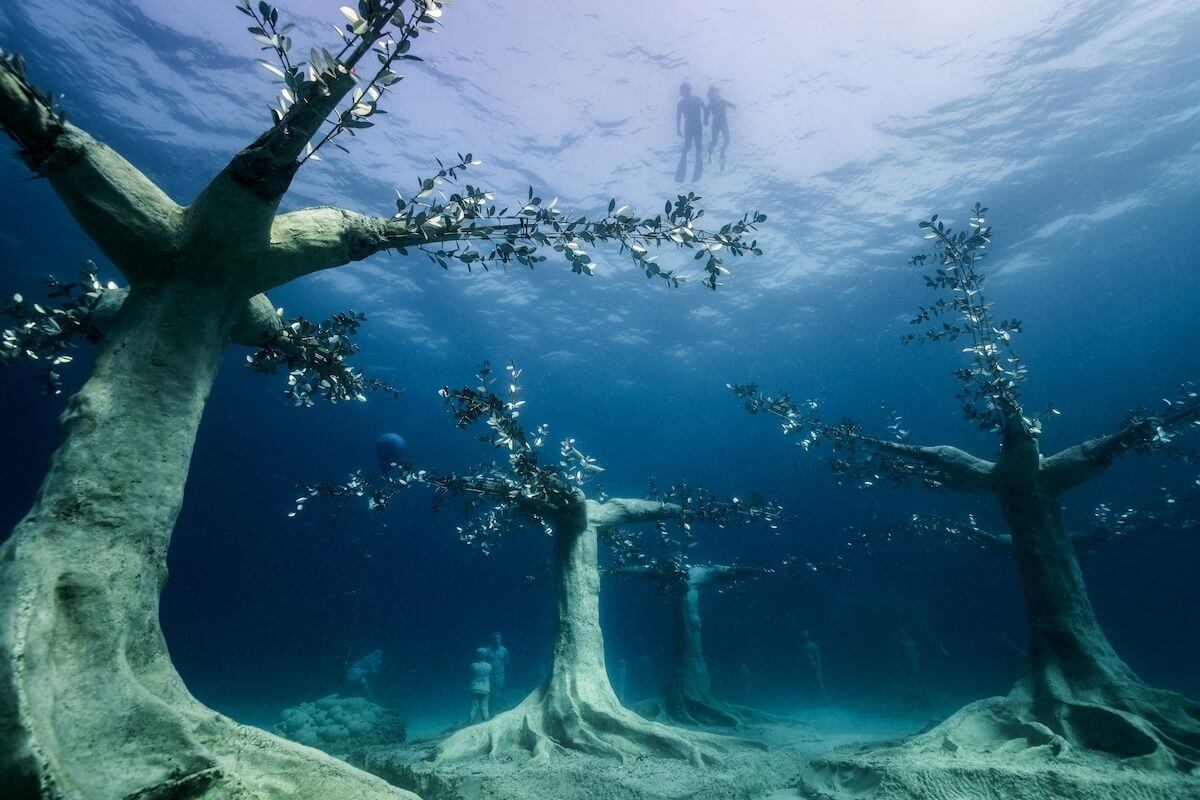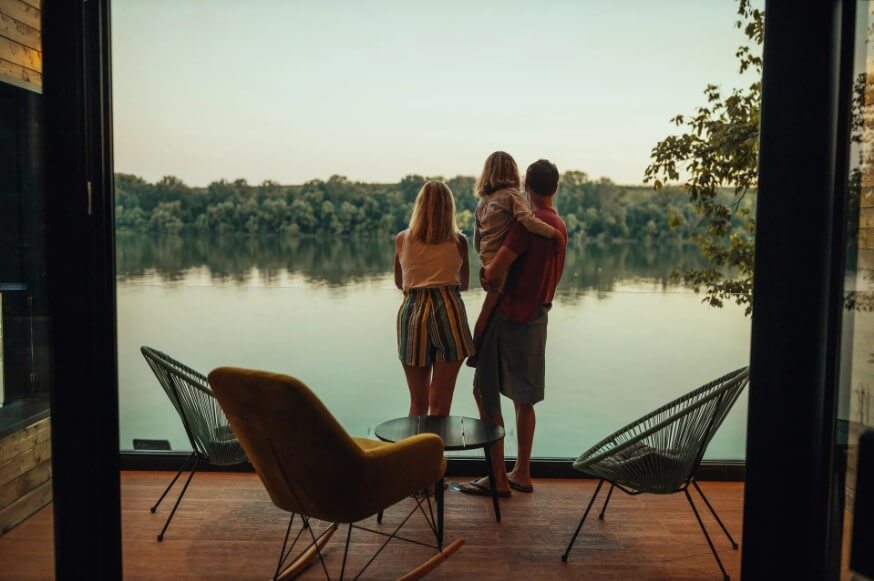
The site of the museum is in a marine protected area in Pernera, on the south-eastern coast of Cyprus and was selected specifically in order to emphasise its protected status. The works are installed all the way down to about 10 metres and spread out across more than 167 metres of sand.
Musan’s sculptures are made of sea materials, including stones, rocks and shells, and are meant to live harmoniously among the marine life. The museum has stated its intent to enrich the biodiversity of the area to allow the sculptures to turn into coral reefs and eventually an “underwater forest”.
Tourism is also a goal for the Cyprus government, which has backed the establishment of the museum. In 2014, the Ayia Napa municipal council proposed the idea and work began on Musan three years later. According to theCyprus Mail, the cost of the museum has reached €1 million.

Visitors can dive or snorkel Musan for free, although reservations must be made ahead of time. The surrounding area will also have diving centres and schools for visitors.
Cyprus has included diving and snorkelling tourism as part of its national tourism strategy for 2030. Its diving sites include the ancient ruins of the Amathus harbour in Limassol, as well the wreck of the Ms. Zenobia ferry, which sank off the coast of Larnaca in 1980.
With the arrival of Musan, Ayia Napa’s local government hopes to tap into this market for their town too. By the local government’s predictions, Musan will be able to bring in 50,000 visitors annually.
6. PLAN YOUR AUTUMN HOLIDAY





